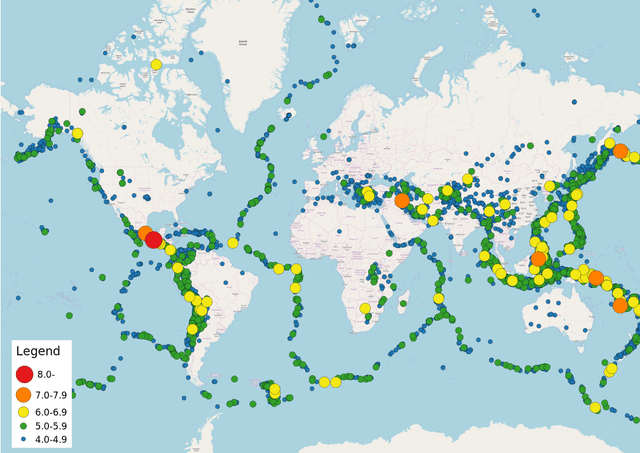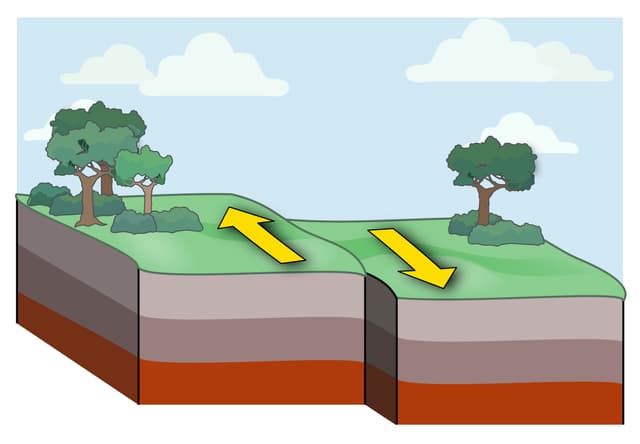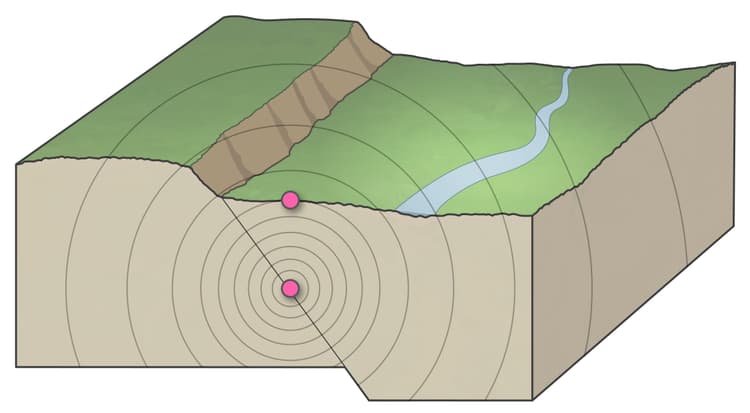Myths about teaching can hold you back
- Year 6
Earthquakes and tsunamis: Honshu, Japan, 2011
I can describe and explain the causes and consequences of the earthquake in Honshu, Japan, 2011.
- Year 6
Earthquakes and tsunamis: Honshu, Japan, 2011
I can describe and explain the causes and consequences of the earthquake in Honshu, Japan, 2011.
These resources will be removed by end of Summer Term 2025.
Switch to our new teaching resources now - designed by teachers and leading subject experts, and tested in classrooms.
These resources were created for remote use during the pandemic and are not designed for classroom teaching.
Lesson details
Key learning points
- The earthquake was the fifth most powerful earthquake of all time.
- The epicentre was on the sea bed, 70km east of the Honshu coast.
- The resulting tsunami wave was 40 metres high and came inland for 10km.
- More than 350,000 buildings collapsed or were damaged and over 15,000 people died.
Keywords
Tsunami - Tsunamis are huge waves caused by earthquakes or volcanic eruptions under the sea.
Pacific plate - The Pacific plate is the largest tectonic plate. It is situated between North and South America to the east, and Australia and New Zealand to the west.
North American plate - The North American plate is the tectonic plate that includes most of North America.
Impact - To have an impact is to have an effect on someone or something.
Common misconception
Tsunamis are random events caused by severe weather.
Tsunamis are not random events but are caused by tectonic plate movement underneath the ocean.
To help you plan your year 6 geography lesson on: Earthquakes and tsunamis: Honshu, Japan, 2011, download all teaching resources for free and adapt to suit your pupils' needs...
To help you plan your year 6 geography lesson on: Earthquakes and tsunamis: Honshu, Japan, 2011, download all teaching resources for free and adapt to suit your pupils' needs.
The starter quiz will activate and check your pupils' prior knowledge, with versions available both with and without answers in PDF format.
We use learning cycles to break down learning into key concepts or ideas linked to the learning outcome. Each learning cycle features explanations with checks for understanding and practice tasks with feedback. All of this is found in our slide decks, ready for you to download and edit. The practice tasks are also available as printable worksheets and some lessons have additional materials with extra material you might need for teaching the lesson.
The assessment exit quiz will test your pupils' understanding of the key learning points.
Our video is a tool for planning, showing how other teachers might teach the lesson, offering helpful tips, modelled explanations and inspiration for your own delivery in the classroom. Plus, you can set it as homework or revision for pupils and keep their learning on track by sharing an online pupil version of this lesson.
Explore more key stage 2 geography lessons from the Earthquakes: how do they change the world? unit, dive into the full primary geography curriculum, or learn more about lesson planning.

Content guidance
- Depiction or discussion of violence or suffering
Supervision
Adult supervision required
Licence
Prior knowledge starter quiz
6 Questions
Q1.What do the coloured dots in this map represent?

Q2.What is happening in this diagram?

Q3.What is the strength of an earthquake called?
Q4.Use the picture below to identify where earthquakes occur.

Q5.Scientists now use the scale to measure Earthquakes.
Q6.The is the point on Earth's surface directly above the focus.



